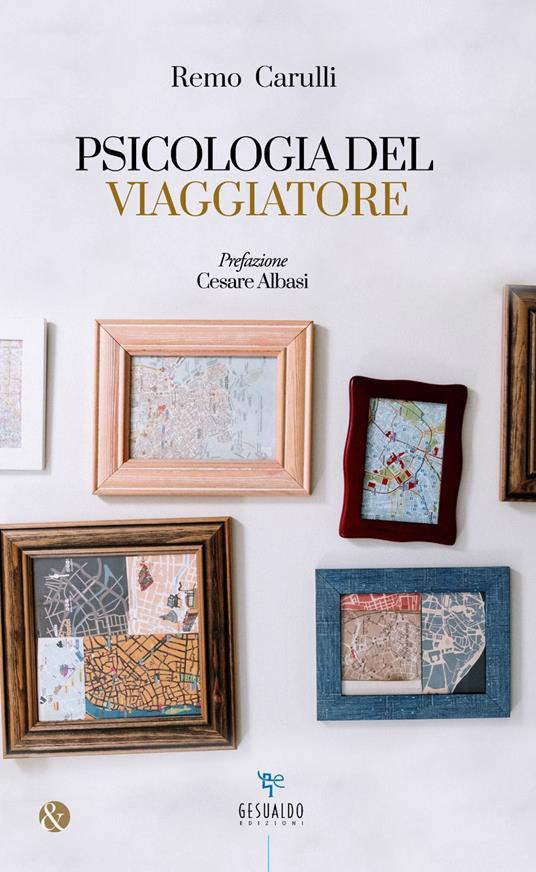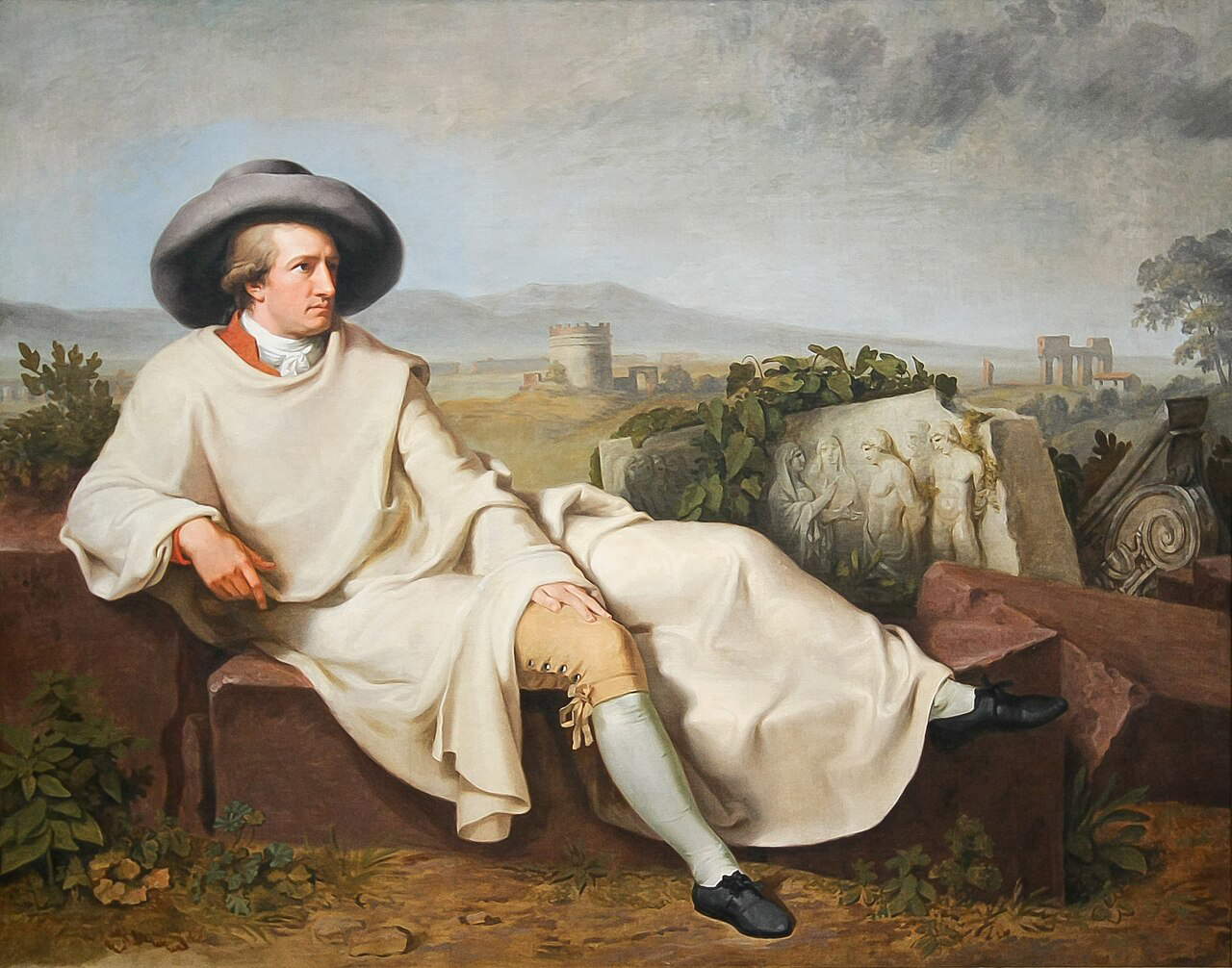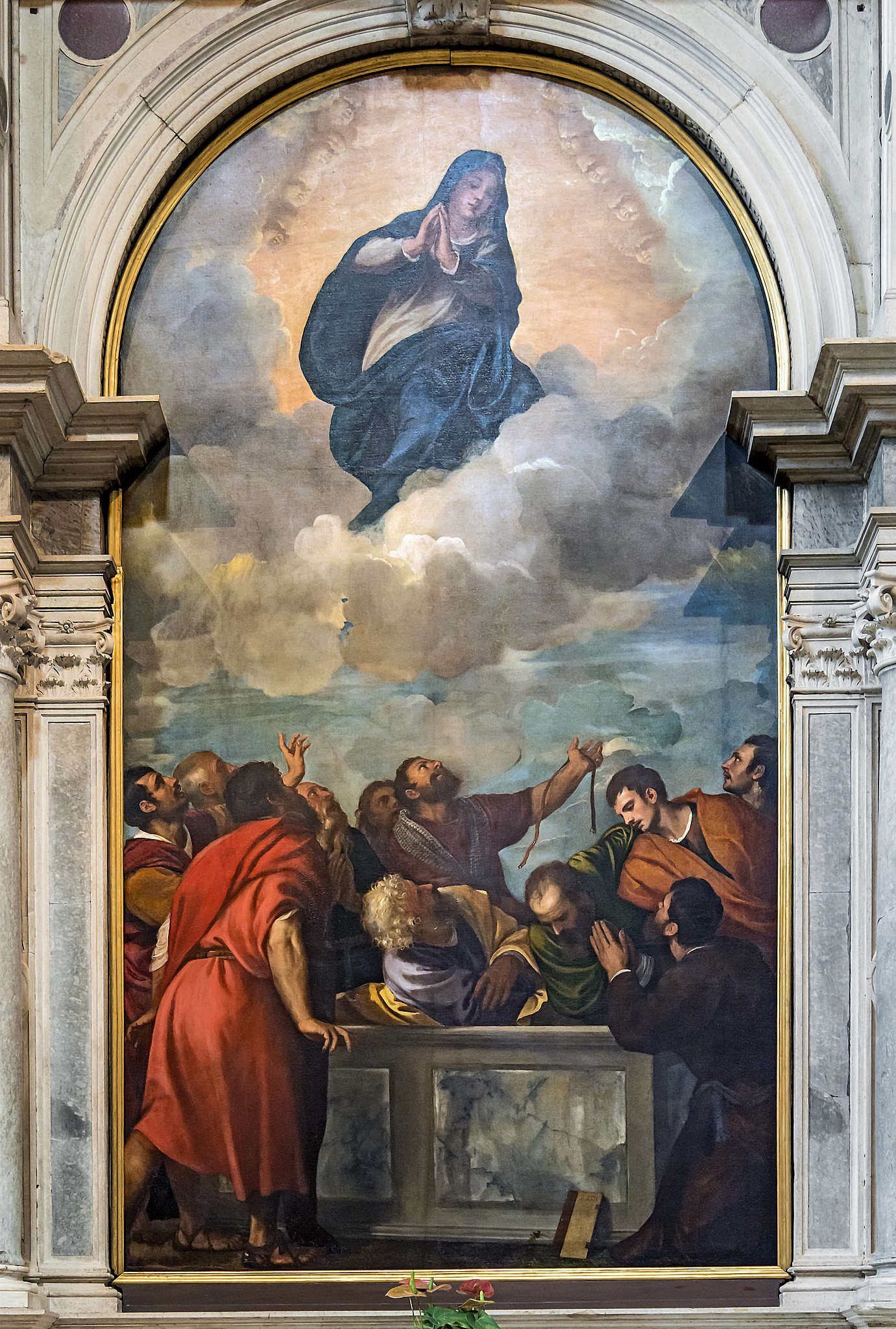Defining what a journey is is a rather simple task, at least on appearances: usually “journey” is understood to mean moving from the place where one resides, permanently or temporarily, to another place, which one imagines is mostly far away or at the very least reachable by taking a substantial part of one’s day. The truth of the matter, however, is another: everyone understands the concept of “travel” somewhat as he or she likes. At the risk of stating a platitude, a movement from place A to place B may not be identified by everyone as a “journey,” or at least not everyone is mentally disposed in the same way towards the same route. Within the narrow horizon of my own personal habits, I can say that my definition is anchored in the reasons for the displacement: if I have to travel to another place for business reasons, no matter if to a place reachable in half an hour or if on the other side of the world, I have taken to referring to this kind of displacement with the term “travel.” If the commute is for pure enjoyment, then it becomes a “vacation.” If it is for both reasons, the prevailing or priority dimension counts. By “travel” I usually mean anything that happens between departure and destination, assuming the destination is at least more than two hours away from the base, and that it is not a customary place.
I believe that this way of understanding travel has to do, more than with the physical displacement that every journey entails, with the experience that a journey is supposed to bring about. It is, after all, common to believe that a journey is an activity that typically enriches those who undertake it. Now, I don’t know who was the first to assert that it is possible to travel anywhere without actually traveling, and that on the contrary one can travel even around home, but to frame the concept a fragment from Giorgio Manganelli’s Pythagorean Fable comes to the rescue: “The journey is made in the first place of itself. It is a longitudinal space, within which, as in a fissure of the planet, images, profiles, words, sounds, monuments and blades of grass fall. One can go ten thousand miles without having traveled for it; one can take a walk, and the walk can become that fissure, be travel.”
Of course, I find it difficult to think of a walk as a journey, however much my ideal of a “traveler” resembles, albeit in apparent contrast to what was said above, much more the flâneur accustomed to being a tourist in his own city, or in those he is accustomed to frequent, than to the tireless globetrotter , busy updating the count of countries visited, and who often lives and works in function of his next trip. One can assume, however, that there is a common element to any trip, from the most adventurous, extravagant and exotic to the most banal, repetitive, ordinary: every trip has to do, in a more or less intense way, with the dimensions of imagination, memory, fantasy, and stimulation of the senses. This is what Remo Carulli, psychologist, psychotherapist and expert in odeporic literature (he is also a prolific author for Lonely Planet), writes in his book Psychology of the Traveler (Gesualdo Edizioni). A journey, even before being a movement through space, is a movement within ourselves: taking this concept to extremes, one could say that it is possible to travel even while sitting at home. In Carulli’s refined book, peppered with learned literary references, we start with just a couple of extreme examples. The first is Huysmans’s young Des Esseintes, who, driven by a desire to visit London, decides, before taking the train to England, to stop at an English restaurant in his native Paris: remembering, however, the disillusionment of his previous trip to Holland, which he had ended up considering “a country like any other” despite expectations, and so attracted by the humanity varied who came in and out of the restaurant that he could not tear himself away from it, he ends up canceling the trip, wondering “why move when one could travel so magnificently in a chair.” The second is Xavier de Maistre’s Journey Around My Room, a commentary in forty-two chapters on the writer’s room, a place where object arouses the author’s memories, brings stories to mind, and induces him to philosophical speculation.

Countercurrent and Journey Around My Room are not to be classified exactly in travel literature, but they are summarily effective in demonstrating that “if it did not move something intimate, travel would not be travel,” Carulli writes. “If it did not trigger in our minds the same dynamism that distinguishes its development from the materiality of the world, it would belong to another category of phenomena.” There is no such thing as a journey that does not produce an inner change, however minimal or minor. From a business trip one may return satisfied, having helped to grow one’s company or having learned something, or conversely one may return disappointed and frustrated, and in either case the trip will have had an effect, positive or negative, or at least will have increased one’s load of experience. From a vacation one may return relaxed or even more agitated than before, and in any case a change will have been produced in our minds, if only because the eyes have been fed with new images. It happens even during seemingly more regular, more mechanically organized trips, even if one’s disposition of mind is not, say, that of a Prosper Mériméand who, in one of the letters from his Journey to Spain, regretted not having met the brigands he had heard so much about, believing that sacrificing a travel bag and some of his belongings was a price worth paying in exchange for the opportunity to get to know those infamous thugs, realize how they lived, perhaps hear some of their stories. No: even a week at the vacation village in Sharm el-Sheikh, despite the prejudices of those who enjoy more unusual or more roguish travels, according to Carulli cannot be excluded from the travel experience, however unquestionably more “watered down” than the vicissitudes of those who, for example, choose to backpack along the Nile. And this is because, despite “the limitations of some purely holiday forms [...], we should not underestimate a decisive, albeit trivial, element by which they are distinguished: the fact that they give our senses unprecedented stimuli.”
“The mind,” Remo Carulli explains, “needs images that allow language to vitalize the exanimate analyses of rationality and, flowing into the various rhetorical figures, push thought beyond the limits of tangible reality.” This is the foundation on which one must seek to probe the psychological basis of the journey, a purpose to which Carulli’s volume aspires: a book for all travelers, a useful read even for those who never travel, an exploration of the mechanisms that move the thoughts of travelers, without technicalities but not without scientific references, with a fresh, vivid and elegant prose, with continuous references to philosophy, poetry, art,’art, literature, to compose a colorful tapestry of useful cultural references to enable the reader to orient himself, to delve deeper, to continually measure himself against the experiences of travelers past and present.
Psychology of the Traveler, after defining the perimeter of travel, examines the motivations of the traveler by finding, based on the scientific literature, that traveling is an activity rooted in the deep essence of humans, so much so that prodromes of it can be identified from very early childhood, and since we are all, after all, travelers, travel takes on characteristics particular to each person and, consequently, reflects the personality of each one. “All of our limitations, operational patterns, pettiness, ideal impulses, fears, and capacities spill over into the way we travel, and just from the contents of the suitcase or backpack alone we could glean more information about a person than in a clinical interview.” The direction does not matter, since for the mind, Carulli explains, the important thing is not the destination but the journey itself. One can also travel while tremendously longing for the return: in Claudio Magris’s Microcosms this is what happens to the inhabitants of Valcellina forced to leave their villages to go to work far away (“In these rugged valleys, once among the poor of poor piedmont Friuli, the men emigrated, went to dig mines or build roads and railroads in France or Siberia, and the women, with panniers on their shoulders full of wooden spoons and ladles, walked from village to village selling their wares from house to house, sleeping in ditches and barns, but the goal of the journey was for everyone, every time, the short return.”) Travel, after all, is always motivated by desire, and the ability to desire something, if to be understood as the impetus of will that moves a person to take action in order to possess an object, experience an experience, or achieve a goal, is an impulse that separates human beings from other animals: one might therefore conclude that human beings are travelers by nature. Although summarized poorly here, it can be considered one of the most interesting and revealing findings of Remo Carulli’s book, one of the highlights of the treatment, which comes at the end of an initial, exciting exploration of the psyche of the traveler, and produces the effect of offering convincing arguments even to those who do not like to travel or do not travel at all.


Then there is, among many others, another interesting element: the idea that, while traveling, there are no degrees of separation between the knowledge of what is observed while traveling and the knowledge of ourselves. To make the concept clear, Carulli draws on the example of Goethe’s Italian Journey , dwelling, in particular, on his visit to Verona: the great German writer lists the most interesting works he admired in the city, from Titian’sAssumption in the cathedral to the many paintings by noble artists he met in the galleries of private citizens. Goethe is aware that he understands little about art, but that is not the point: “the purpose of this magnificent journey of mine,” he writes, “is not to delude myself, but to know myself in my relation to objects; and then I must say with all sincerity that I know little about the painter’s art, about his craft.” In his brief foreword to the description of the wonders of Verona, Goethe means that “what our attention is drawn to,” Carulli writes, "is revealing of our inner life, of our way of perceiving, of relating to the world: in front of that same Titian’s Assumption of the Virgin kept in the cathedral, a believer catches the hieratic gaze that the Madonna turns downward, an art expert compares this work to others by Titian on the same theme, a poet is perhaps captivated by the clouds that vaporously punctuate the upper part of the altarpiece; and again, there are those who are left open-mouthed by thejaw-dropping use of color, those who try to decipher the expressions of the men below, those who delight in studying the clothes as in a fashion magazine, those who are saddened to grasp nothing at all in what others are so enraptured by, and those who derive from the same discouraging thought the idea that art is foolishness, and those who dabble in it fools." Everything we observe during the journey is a kind of projection of ourselves into the world and, notably, helps to unravel the way we observe the world, our attitude toward the world, or to change it if the experience is strong enough. Certainly, our mind keeps a record of it.
And if travel is a tale of ourselves, regardless of the pleasure or annoyance, the pain it is capable of causing (an entire chapter of the book is devoted to “Sufferings, Beatitudes and Pathologies of Travel”), it can also become at the same time a kind of psychotherapy, the author argues (aware, however, that a journey in itself has no specific purpose, it is simply “pure life”): it allows the traveler to analyze his or her past in depth, provides him or her with tools to break through his or her own mental cages, “re-establishes a distance preparatory to reflection, grants a chance for elaboration when one finds oneself in entrenched relationships.” Linked to some extent to this theme is then the idea of travel as an experience close to spirituality: while not comparable to spiritual disciplines, travel can have elements that bring it closer to a mystical practice. Searching for a truth or knowledge, rituals, encounters: in questioning the relationship between travel and spirituality, Carulli finds the main element of overlap in what he calls “the encounter with otherness,” which in turn is capable of opening up to the mind new possibilities that have never been probed.
What then is the journey? It is research, encounter, exploration, knowledge, pleasure, pain, change, desire, movement, ascent, descent, symbol, metaphor, reality, fantasy, development, destruction, rebirth, growth, abandonment, psychotherapy. Each dimension, in Psychology of the Traveler, is explored to return to the reader a nimble volume that becomes difficult to separate from whenever one thinks of travel, a reference point to return to and back to whenever one feels the need to delve into an aspect of travel, a book from which to set out on further journeys to the philosophical, literary, and cultural destinations that underpin its foundations, a book extraordinarily effective in capturing the deeper nature of travel: “Traveling, in the most exhilarating situations as in the least pleasant moments, is configured as that experience which mobilizes the body to places other than those usually frequented and the mind to equally unusual landings.”
Warning: the translation into English of the original Italian article was created using automatic tools. We undertake to review all articles, but we do not guarantee the total absence of inaccuracies in the translation due to the program. You can find the original by clicking on the ITA button. If you find any mistake,please contact us.